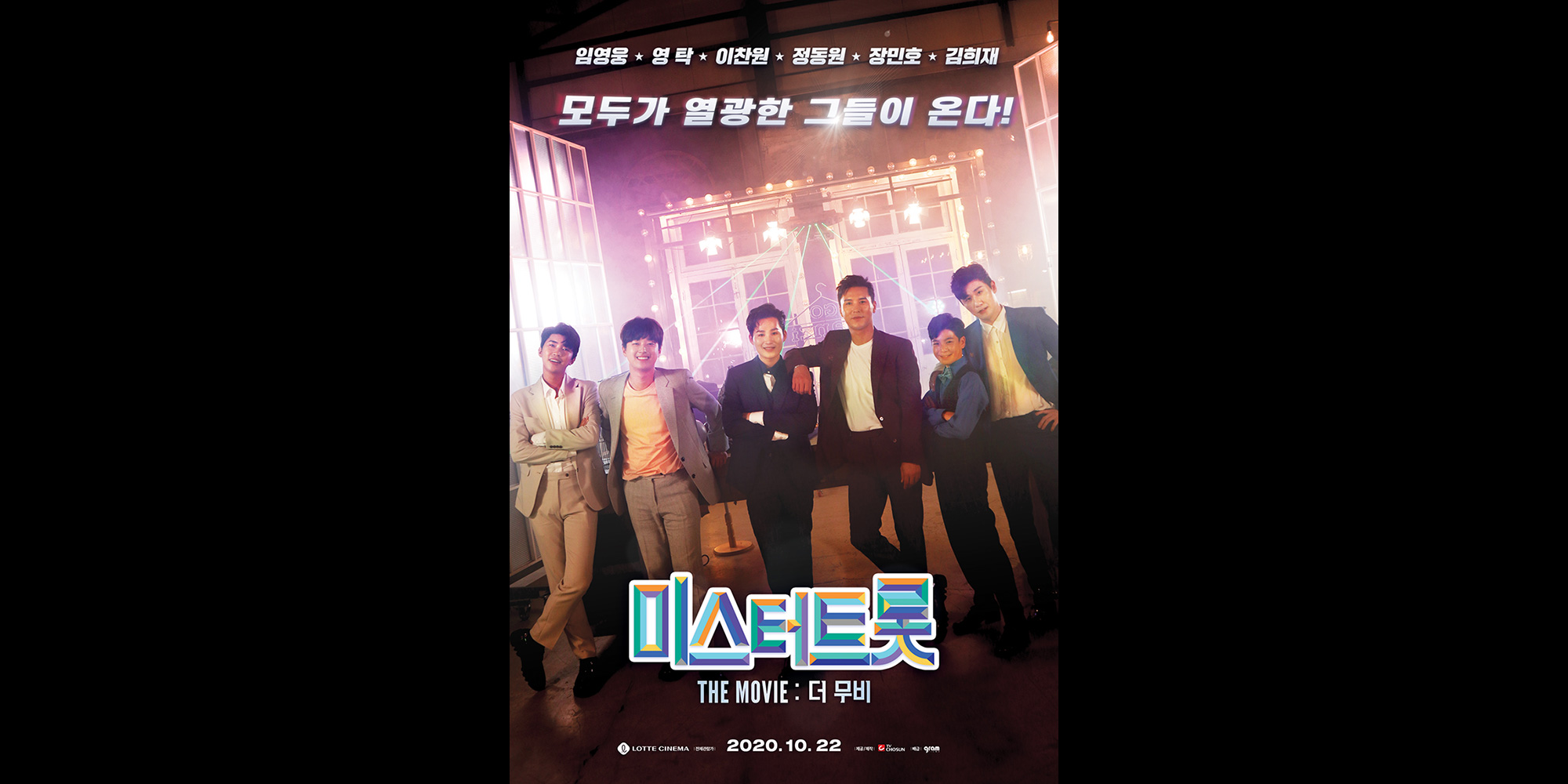With catchy melodies, amazing singers, and lyrics that you can’t help but sing along to, it’s no wonder that the music of bands like BTS, BlackPink, GOT7, and EXO have led to K-Pop music dominating the global charts and capturing the attention of fans across the globe. With all that being said, this increased interest in South Korea’s music scene has led to a resurgence in popularity for another genre of Korean music known as trot. Named after the fox trot dance that was popularized in 1930s America, trot singers up until now have typically performed at local events such as festivals. However, the cancellation of these festivals due to Covid-19 has seen many of these performers found a new home in television. Thanks to the popularity of TV shows such as “I’m a Trot Singer,” “Miss Trot,” and “Mister Trot”-which earned the highest ratings in South Korea’s cable broadcast history-the demand for these trot singers has increased significantly. One of the reasons that has been suggested is that both younger and older generations are tired of hearing the similarity of K-Pop songs over and over again. With the success of these new trot-related programs, broadcasting stations across South Korea are now preparing to or have already launched scores of similar shows.
To better understand trot’s popularity, it is important to take a look at its characteristics and origins. While Japanese enka music and trot both emerged around the same time during the Japanese occupation of Korea, Korean trot is a uniquely Korean genre of music. As Koreans developed trot, other influences came as well from a multitude of genres and Western music. Trot has been around for around 100 years, since before the Korean War, and is characterized not only by its musical influences but the emotions within the songs as well. These songs often touched on sentiments surrounding the events at the time, such as the deep sorrow felt by families separated during or after the Korean War. They were written as a way to comfort soldiers and citizens alike who were suffering. One other unique aspect of trot music is that it is known for a vocal technique called “kkeok-kki,” which basically creates a distinctive vocal break in the singer’s voice. Singers will use vibrato when singing the lower notes, whereas the use of kkeok-kki during the higher notes results in a vocal break.
Just like learning the characteristics of trot music, it is important to also trace the history of trot in order to understand its resurgence in popularity. For the past one hundred years, the popularity of trot music has ebbed and flowed. However, the release of a song titled hwangseongyetteo in 1928 can be seen as the song that opened the doors for Korea’s trot music. After Korea gained her independence and, in an effort to rid Korean music of Japanese musical influences, people started to create new songs. After a few decades, during the time of the Korean War in the 1950s, a genre of trot songs known as jinjunggayo, or “military songs” emerged. These songs, such as 1952’s jeonseonyagok, were written to provide comfort to those citizens and soldiers who were suffering because of the war. The 1960s and 1970s brought with them the heyday of trot music. Two of the reasons for this were, like the K-Pop songs of today, the lyrics were easy to follow along with and the kkeok-ki technique which gave trot its unique sound. The developments made between the introduction of the earliest forms of trot music and the songs of the 60s and 70s that were wildly popular have resulted in trot music becoming a genre of music that is wholly Korean. The 1970s also saw the introduction of a new sub-genre of trot music called rock trot which would go on to become very popular.
The popularity of trot music waned as Korea entered the 1990s and with it came a set of K-Pop musicians that would come to dominate Korea’s music scene for the next few decades. However, there are a few reasons as to why trot is now undergoing a renaissance of its own. First, songs like Jang Yoon-jeong’s 2003 “Oh My Goodness” brought trot music back into the spotlight and helped turn it into a genre that would go on to become popular worldwide. Second, K-Pop musicians have begun to create their own versions of these old-timey classics. Beyond that, these artists will also add elements of trot to their own music, resulting in the creation of a new, more upbeat sub-genre called semi-trot. This means that the target audience of these K-Pop musicians, typically those in the younger generation, are becoming more interested in trot music as they listen to their favorite artists. Finally, the introduction of singing competition TV shows that feature trot music are bringing both younger and older generations together in front of the TV screen. Older generations enjoy the nostalgia that comes with watching their favorite classic trot songs, while younger generations get to enjoy seeing their favorite artists and new ones performing their own variations of trot music.
Trot is not just a genre of music; rather, it tells the stories of the last 100 years of Korea’s history through its melodies and lyrics.
Written by: Nicole Bradshaw
Senior at University of Hawai’i at Manoa majoring in Korean for Professionals as part of the Korean Language Flagship Program. Previous student at Sogang University’s Korean Language Education Center. Currently participating in an internship at Voluntary Agency Network of Korea (VANK).
